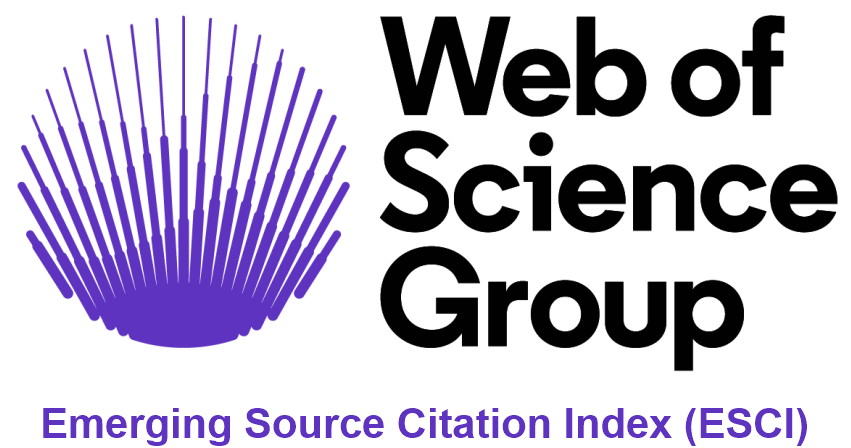Identification and phytochemical study of two species of cazahuate in goat intoxication in a community of Oaxaca’s Mixteca región.
DOI:
https://doi.org/10.22231/asyd.v11i4.7Keywords:
CCF, extracts, I.murucoides, I.pauciflora, secondary metabolitesAbstract
The purpose of this study was to identify two types of treeshrub species present in Oaxaca’s Low Mixteca Region during drought season, which have been pointed out by technicians and goat producers as the principal cause for goat intoxication, since they are the food alternative during this season in the extensive system. The objective was to identify and analyze the bromatology and phytochemistry of two Ipomoea species involved in the intoxication, as well as to perform the physicalchemical analysis of the soil where these plants grow and, with that, to corroborate or dismiss the presence of secondary metabolites that can be the cause of the toxicity. The species were identified as white cazahuate (Ipomoea murucoides) and black cazahuate (Ipomoea pauciflora subsp. pauciflora), both belonging to the family Convolvulaceae. In the bromatology analysis, I. murucoides presented higher content of raw protein and ethereal extract (P<0.002). The preliminary phytochemical study of extracts showed a high content of tannins and flavonoids (+++) and a notable presence (++) of terpenoids and free and released alkaloids. With regard to the tannins and alkaloids, the study showed a similar presence of these metabolites in both species of Ipomoea, so it is affirmed that if the secondary metabolites are the cause of the intoxication, the impact on both species would be similar.Downloads
Published
2014-12-31
How to Cite
Mila-Arango, R. (2014). Identification and phytochemical study of two species of cazahuate in goat intoxication in a community of Oaxaca’s Mixteca región. Agricultura, Sociedad Y Desarrollo, 11(4), 463–479. https://doi.org/10.22231/asyd.v11i4.7
Issue
Section
Artículos
License
Authors who publish in this journal accept the following conditions:
- The authors retain the copyright and transfer to the magazine the right of the first publication, with the work registered with the Creative Commons attribution license, which allows third parties to use what is published as long as they mention the authorship of the work and the first publication in this magazine.
- Authors may make other independent and additional contractual arrangements for non-exclusive distribution of the version of the article published in this journal (e.g., including it in an institutional repository or publishing it in a book) as long as they clearly indicate that the work It was first published in this magazine.
- Authors are permitted and encouraged to publish their work on the Internet (for example on institutional or personal pages) before and during the review and publication process, as it can lead to productive exchanges and greater and faster dissemination of the work. published (see The Effect of Open Access).













